When documentary photographer Manuello Paganelli first landed in Cuba in 1988, he felt as if he had been transported back 20 years.
“I saw Cuba as a black and white world,” he says, as he recalls how he stood out for the modern clothes he wore, and how the only cars visible on roads shattered by pot holes were sun-bleached Russian Moskovitz’s. “I thought I’d landed back in time, or like in scene out of the movie Twilight Zone, where strange things happen and are unresolved.”
Paganelli, who is half Italian and half Cuban, travelled to the then largely commercially and photographically unexplored country to reconnect with lost relatives.
He did so, but discovered that with each visit his curiosity for the Cuban way of life grew. Today, he has made over 60 trips.
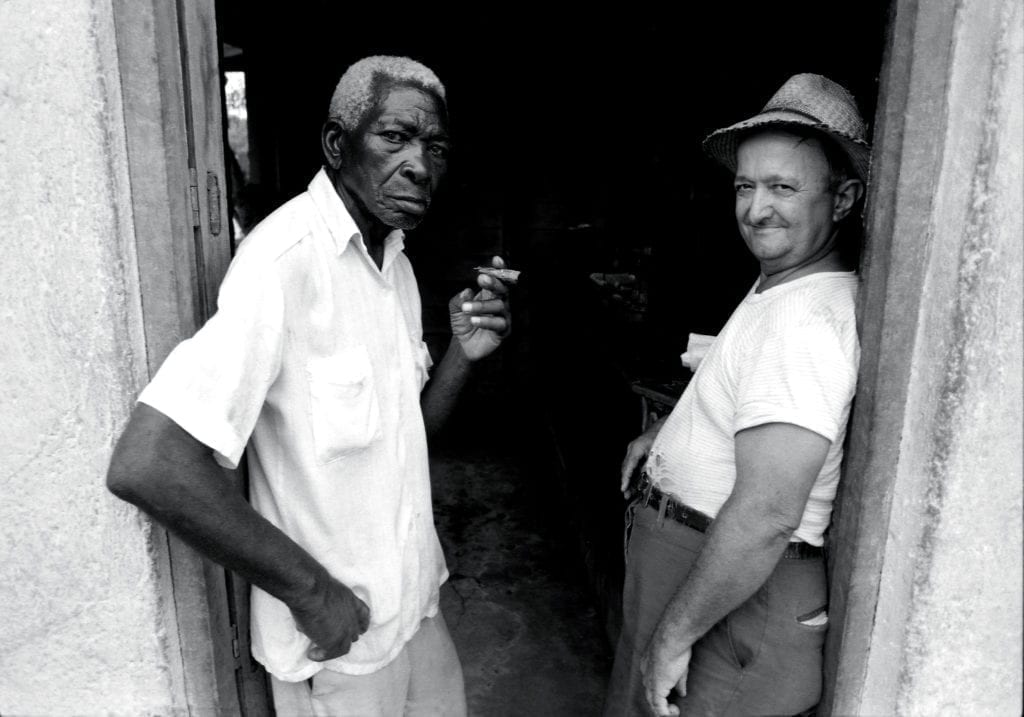
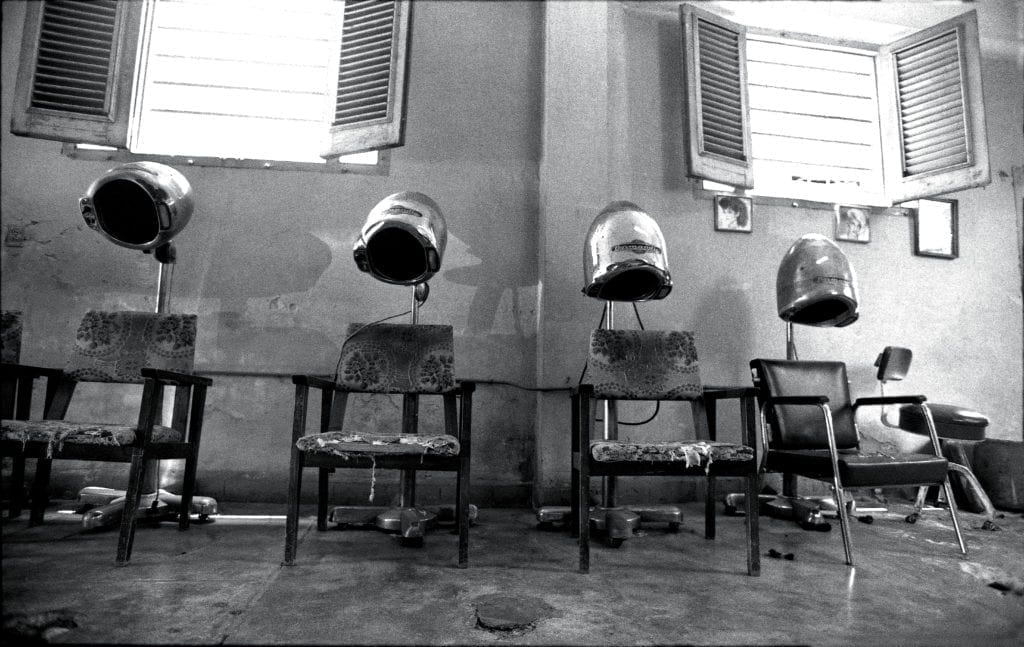
His new book, Cuba: A Personal Journey 1989-2015, is a collection of 115 black and white photographs, capturing the happenings of daily life of ordinary people during a time when having a bar of soap or a bottle of cooking oil was seen as a luxury. Scarcity filled the void left by the withdrawal of the Soviet Union in 1991.
Paganelli explained: “When the Russians left, they were left with not much infrastructure and not much supply with elements and food – those basic necessities. The average Cuban lost 20 pounds. It was very tragic. Anyone caught with an American $1, would go to jail.”
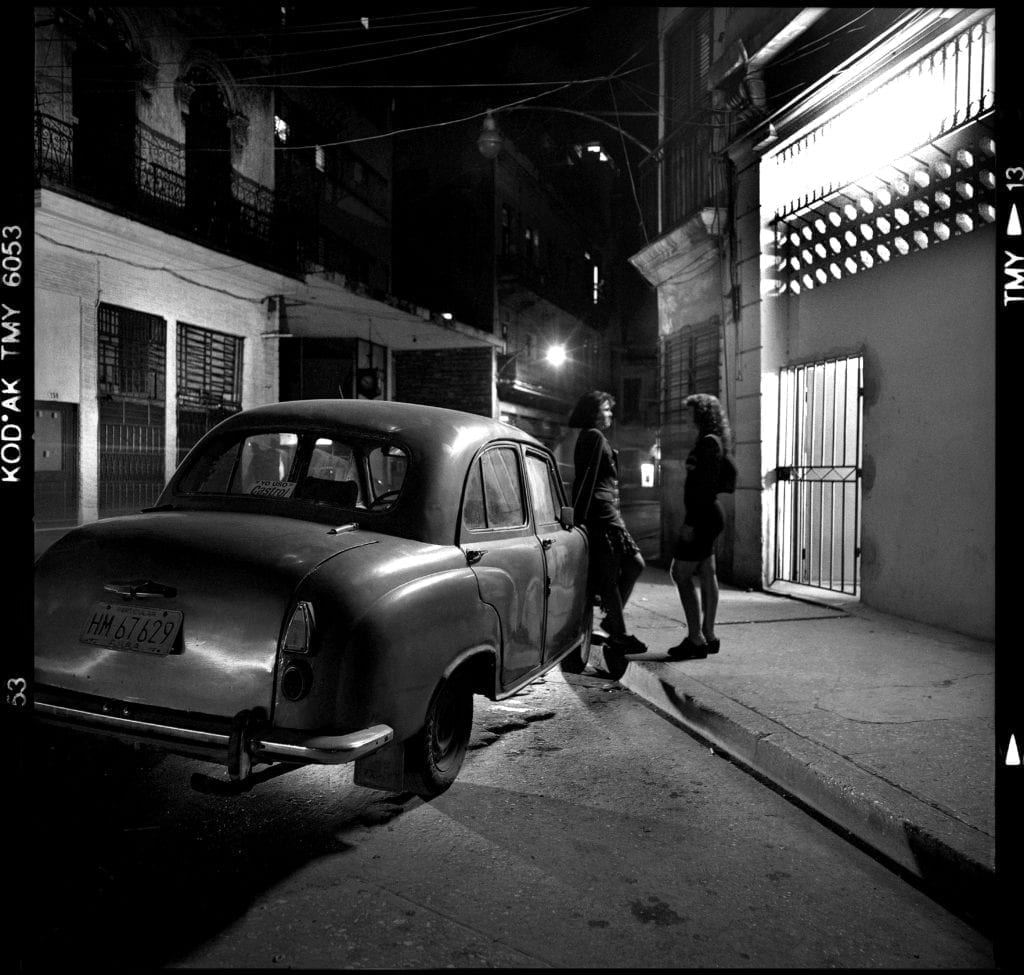
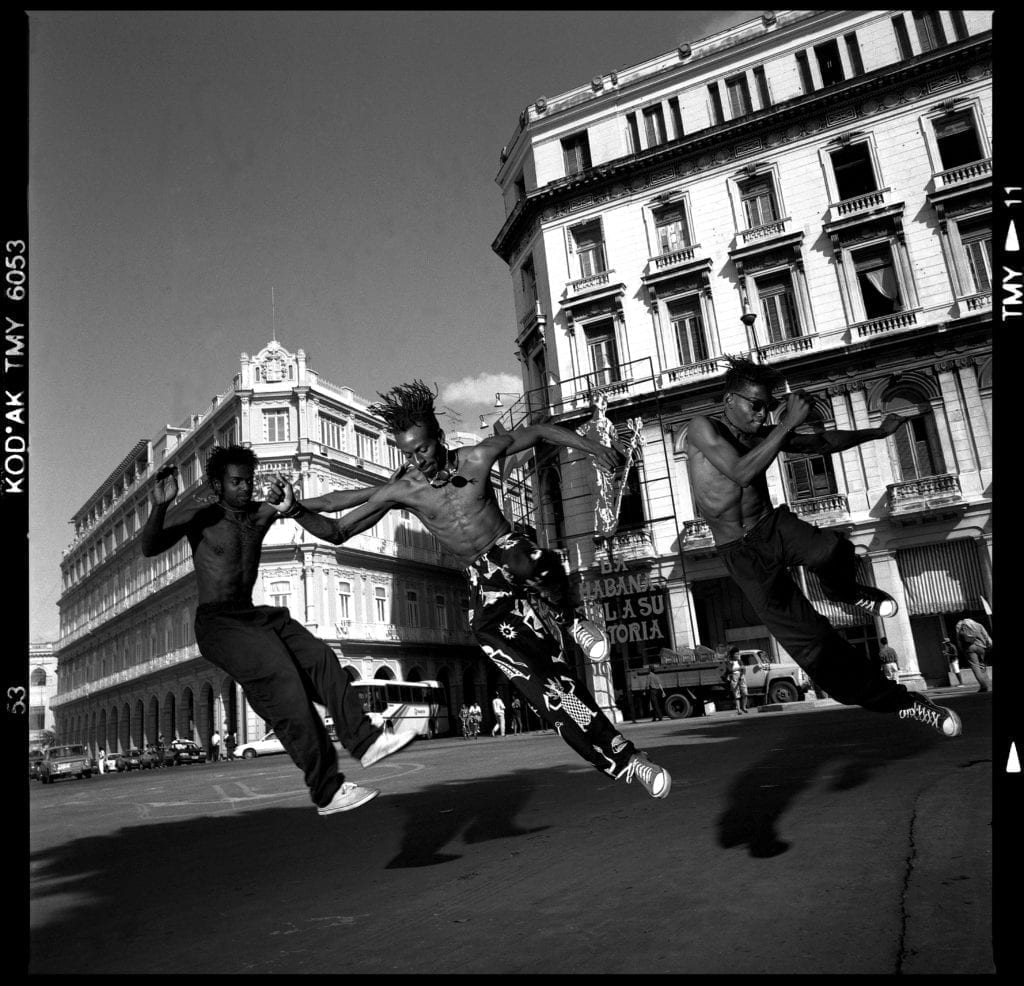
Not wanting to use his images as political comment, however, Paganelli instead focused on capturing the Cuban culture and spirit of endurance that characterised the everyday for some 25 years.
His narrative weaves through intimate encounters on dimly lit street corners, lush landscapes decorated with bristly shrubs and lone farming huts, street dancers at the plaza boxed in by baroque architecture and children playing on decking reaching out into the water in quiet fishing villages.
The subject of photography is vast and unique. It wasn’t until the 90s that the media and other photographers took a real interest in the unreported nation, by which time Paganelli had already gained over a decade of experience. His images, therefore, are not only a personal observation but a window into moments of social history.
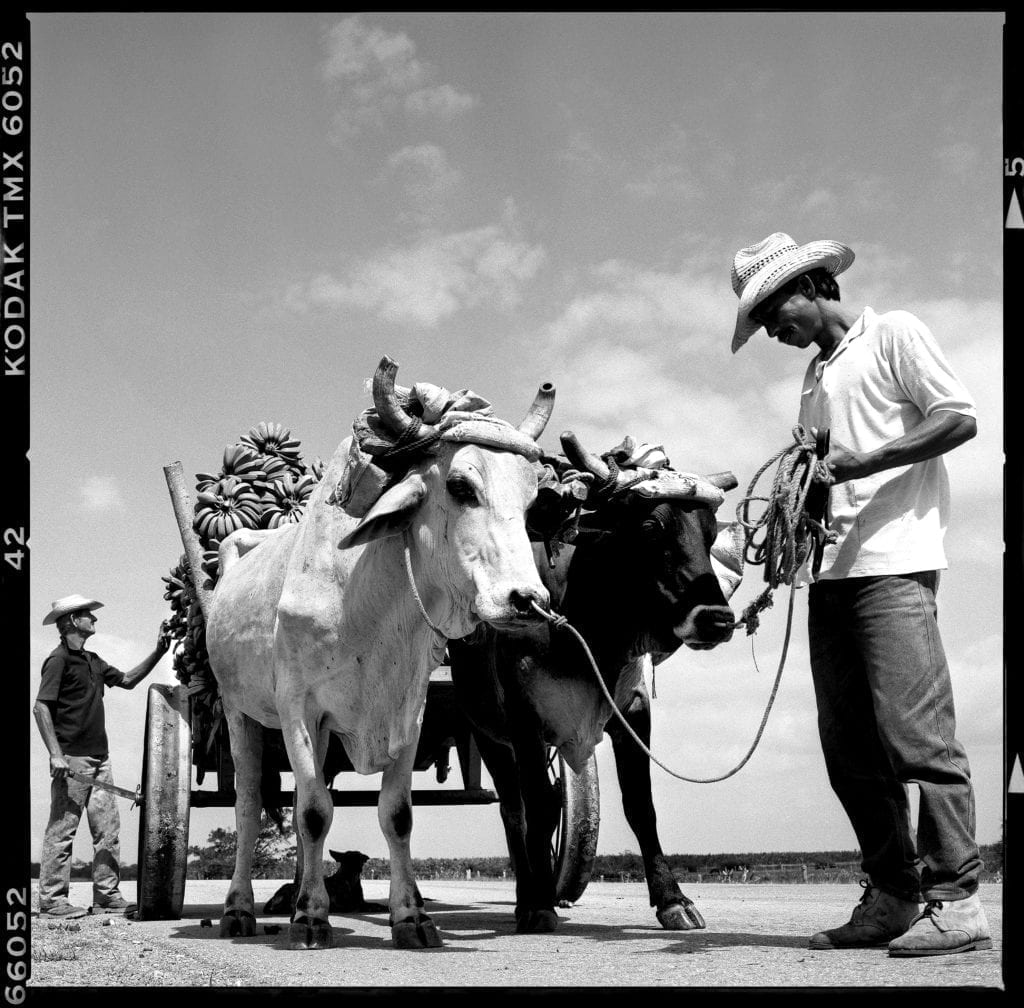
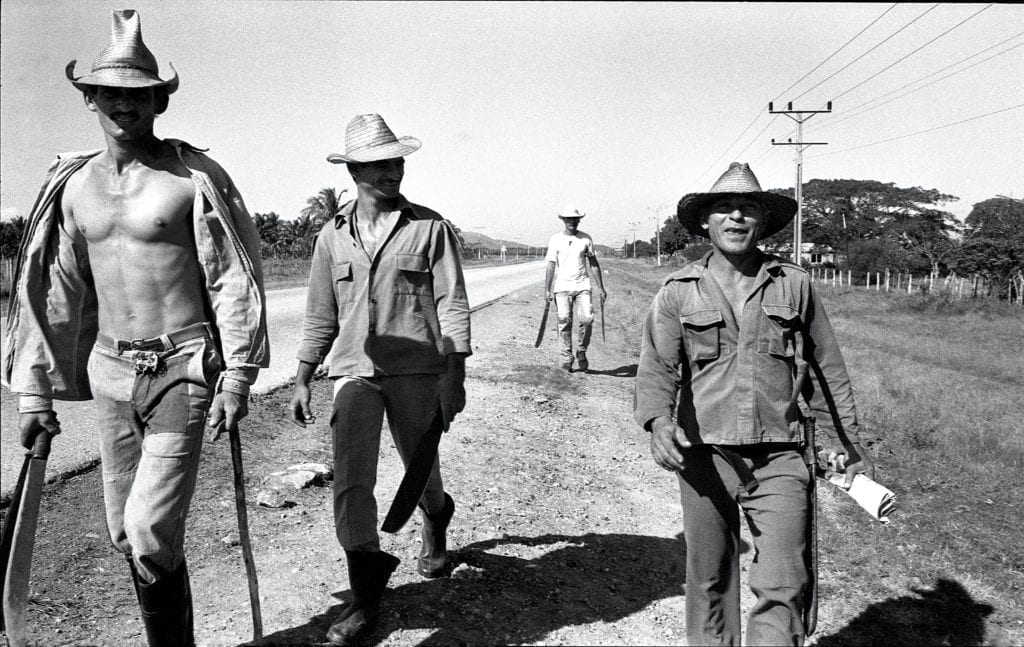
“The book is not just for my family, but for the people,” he says. “There are images of things that people today will not see because it’s all changed. [Back then] when you went the grocery store and market to buy food, all the shelves were empty.”
Unlike many of the photobooks that have emerged illustrating the rich and vibrant colour scheme of the Caribbean island, all of Paganelli’s images are monochrome and shot on film.
He explained that by taking away colour, he wanted to invite the viewer to see things that they may have overlooked with its distraction. He wanted to capture the “essence of the nation, the smell the culture.”
“The great thing about black and white is that your eyes go straight to what you need to see in the image. Visually it’s more isolated, and you go straight to what matters without disturbing your sight,” he says.
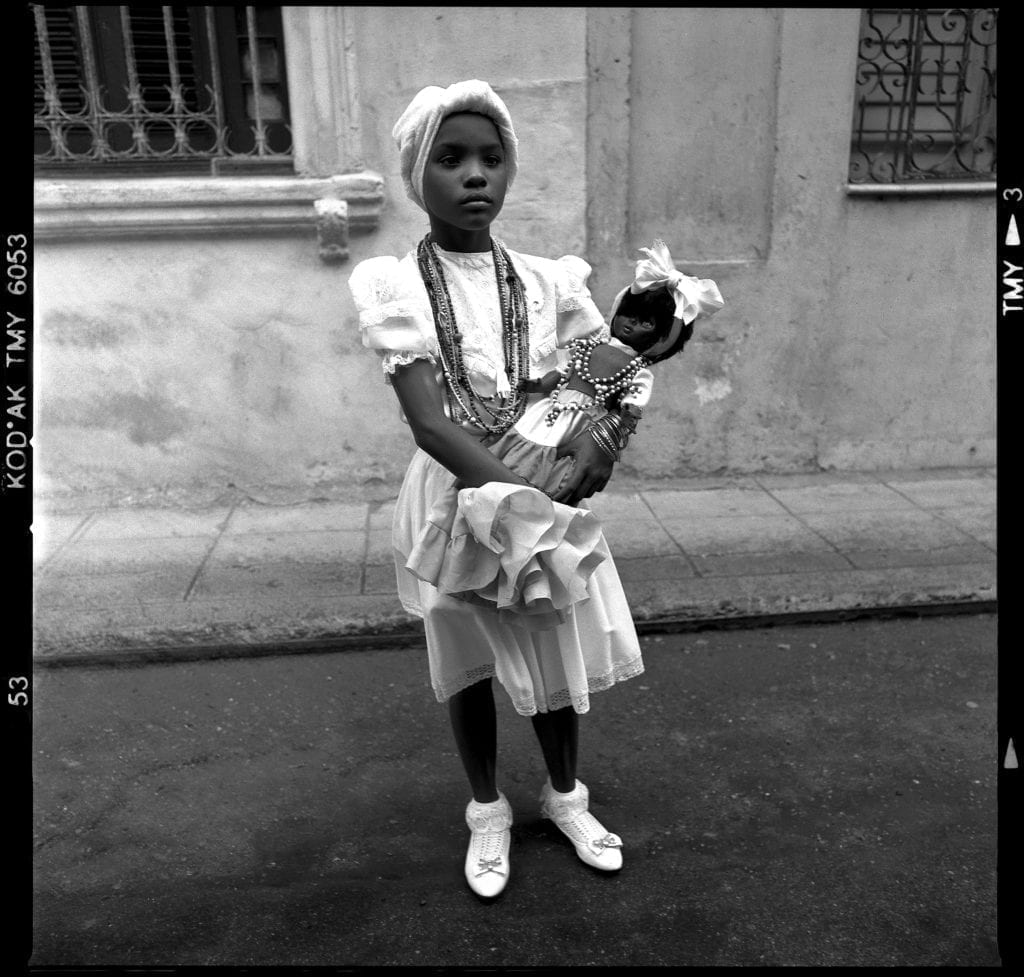
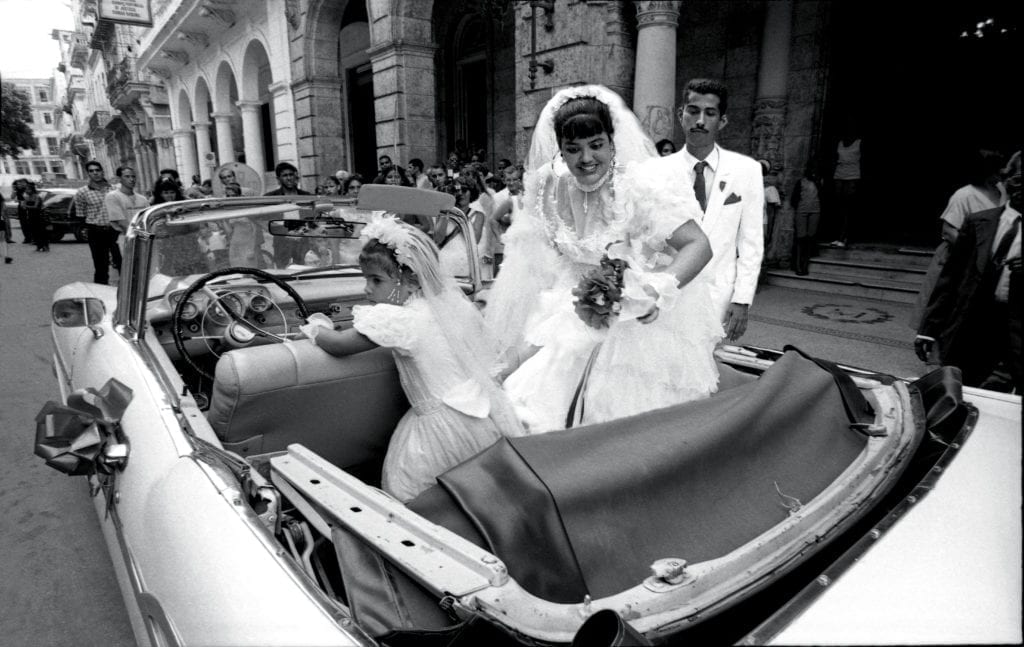
With minimal methods of communication and having slowly built up a trusted network of contacts, Paganelli was able to integrate into the community and witness its charm and tradition.
One photograph depicts a girl dressed in her best white frock, who, despite being small and clenching a similarly adorned doll, holds a serious and very calm expression. She had just been through an intensive period of rituals of Santeria – a religious ceremony of initiation into priesthood.
“Her mother told me that she cannot be photographed, but gave me her address so the next time I came to Cuba four or five months later I was finally able to photograph her. I thought she look so beautiful. It’s something that most people outside of Cuba don’t know about.”
Paganelli hopes to continue working in Cuba, both commercially and on personal projects. “Cuba is always part of me, not just because of my family but for the love I have for the Cuban people.”
The book is published by Daylight Books and available to buy here .
Manuello Paganelli also runs photography workshops, taking small groups to Cuba and guiding them through its stunning landscapes and cities. For more information, go to his website.
